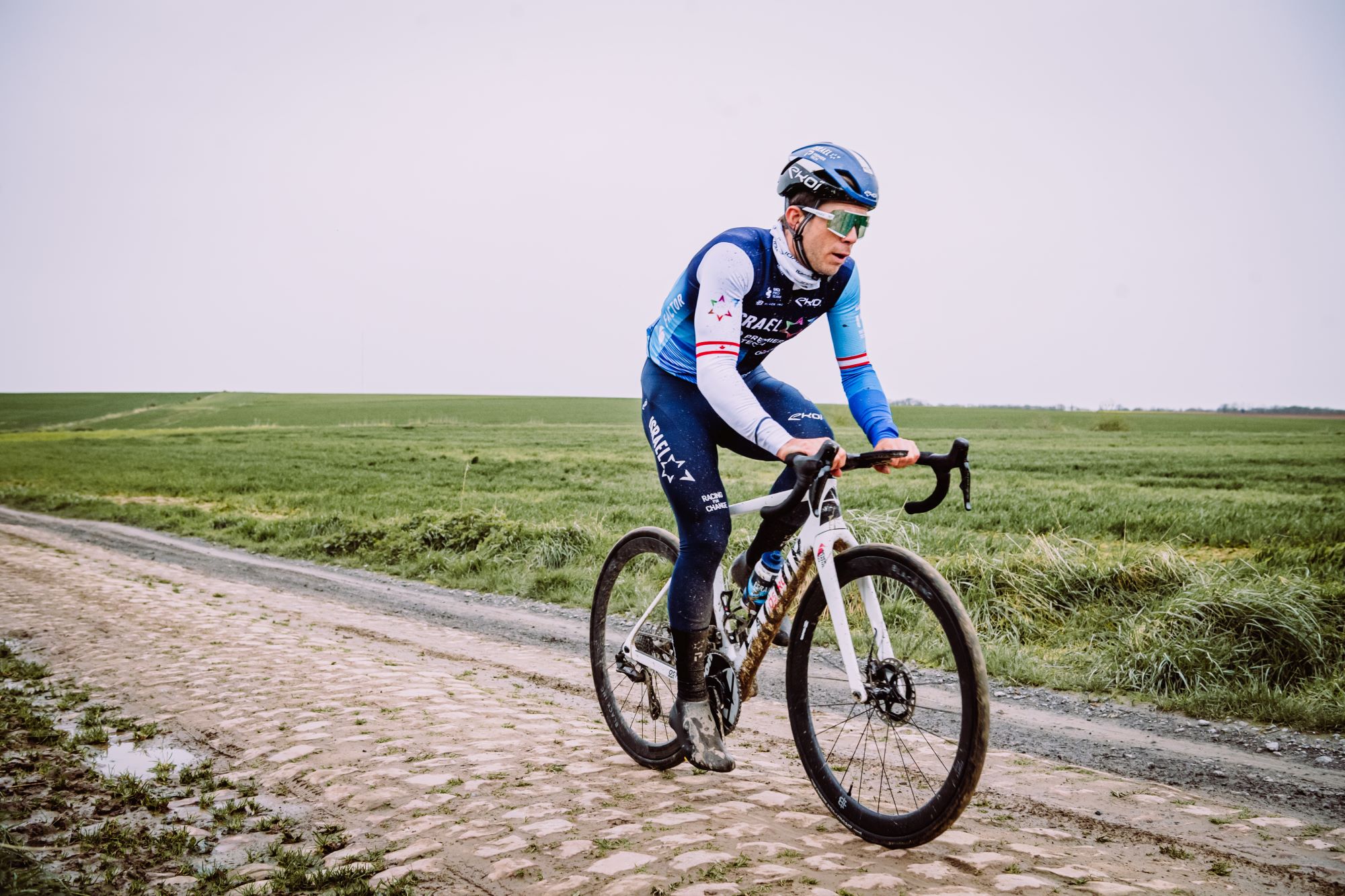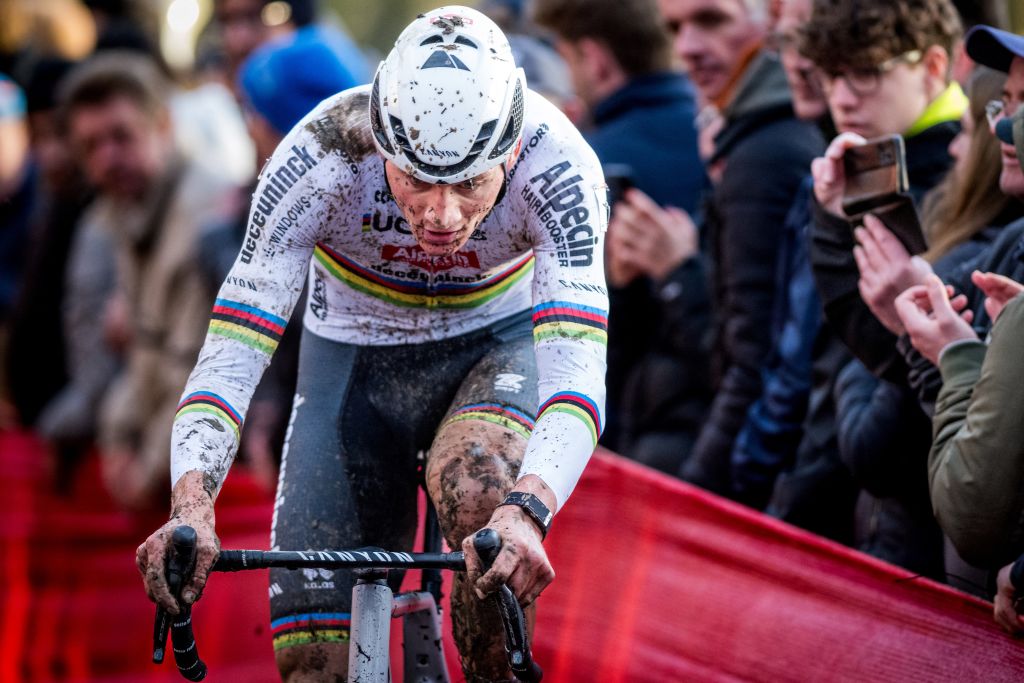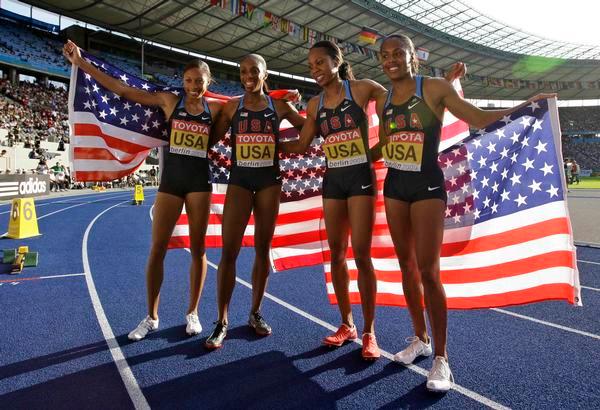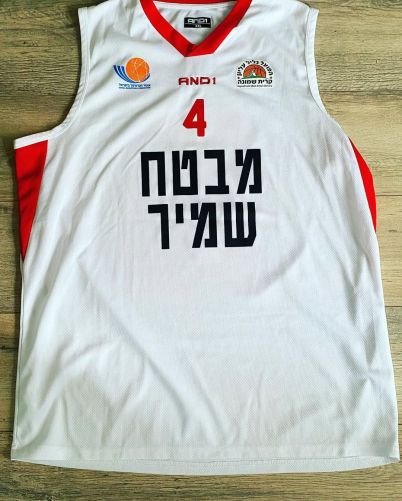Paris-Roubaix 2025: A Look At The Gravel Tech And Tyre Innovations

Table of Contents
Gravel Bike Geometry and Frame Materials Evolving for Paris-Roubaix
The quest for improved stability and comfort on the notoriously rough cobblestones of Paris-Roubaix has driven significant advancements in gravel bike geometry and frame materials. We're seeing a shift towards longer wheelbases and slacker head angles, enhancing stability at speed over uneven terrain. This improved handling is crucial for maintaining control and preventing crashes on the demanding sections.
Advancements in carbon fiber technology are also central to this evolution. Brands like Specialized, Canyon, and Trek are constantly refining their carbon layups, creating frames that are both stiffer for efficient power transfer and more compliant to absorb vibrations. This translates to less rider fatigue and improved control, particularly during the race's grueling later stages. Other materials, such as high-modulus carbon or even innovative composites, are also being explored to further improve stiffness-to-weight ratios and vibration damping.
- Increased tire clearance: Modern gravel bikes offer significantly increased tire clearance, allowing riders to equip wider, more robust tires for improved traction and comfort.
- Improved mudguard integration: Mudguards are becoming increasingly integrated into frame designs, offering better protection from the elements and keeping the rider cleaner and drier.
- Lighter frame weights: Ongoing advancements continue to reduce frame weight without sacrificing stiffness, improving climbing performance and overall efficiency.
- Enhanced aerodynamic profiles: While not the primary focus for Paris-Roubaix, advancements in aerodynamics still provide speed benefits on the paved sections of the race.
Tyre Technology: Pushing the Limits of Grip and Durability on Cobblestones
The development of tires specifically designed for the rigors of Paris-Roubaix is another key area of innovation. We're seeing a trend toward wider tires, with some riders potentially opting for 45mm or even wider options. These wider tires offer a larger contact patch, resulting in increased grip and stability on the unpredictable cobblestone surfaces.
The tread patterns are also evolving. Expect to see aggressive tread designs that provide superior traction on varied surfaces, including both wet and dry cobblestones. Tire manufacturers are focusing on developing treads that offer optimal grip while minimizing rolling resistance to maintain speed. New materials and construction techniques are also making significant impacts.
- Enhanced puncture protection: Inserts like Tannus Armour or similar technologies are becoming increasingly popular, offering an extra layer of protection against punctures.
- Wider casing: A wider casing provides increased volume and stability, improving comfort and reducing the impact of harsh vibrations.
- Aggressive tread patterns: Tires with aggressive tread patterns deliver improved traction and control, particularly on loose or wet cobblestones.
- Lighter tire weights: Manufacturers are working to reduce tire weight while maintaining durability, minimizing rolling resistance and improving overall efficiency.
Tubeless Systems and Tire Sealants: Minimizing Punctures
The near-universal adoption of tubeless systems in professional cycling highlights their importance in a race like Paris-Roubaix. Tubeless setups offer significant advantages in puncture prevention, allowing riders to maintain tire pressure even with punctures. Tire sealants play a vital role in this process, instantly sealing small punctures and preventing air loss.
The development of improved sealant formulations is ongoing, focusing on faster sealing times, longer lifespan, and improved sealing capabilities for larger punctures. These advancements ensure that riders can continue racing even after encountering punctures, reducing the risk of critical time losses.
- Improved sealant formulations: New sealants are designed to seal punctures faster and last longer, reducing the frequency of sealant replacements.
- Reliable tubeless systems: Technological advancements ensure reliable tubeless setups, reducing the risk of air loss during the race.
- Lighter tubeless setups: Manufacturers are making lighter tubeless setups to offset any potential weight increases associated with wider tires and inserts.
Suspension Systems and their Role in Comfort and Performance
While full-suspension gravel bikes are not yet common in professional Paris-Roubaix racing, the use of suspension forks and seatposts is gaining traction. These systems offer significant advantages in rider comfort and control, reducing fatigue and improving handling on the rough cobblestones. However, there are trade-offs to consider, primarily the additional weight.
The challenge lies in balancing the benefits of increased comfort and control against the potential performance penalties associated with extra weight. Different approaches are being explored, from lightweight suspension forks to more sophisticated seatpost designs. The optimal setup will likely depend on individual rider preferences and the specific race conditions.
- Increased rider comfort: Suspension systems can significantly reduce rider fatigue by absorbing vibrations and impacts.
- Improved control and handling: Suspension systems improve control and handling, particularly on tricky and unstable sections.
- Potential weight penalties: The additional weight of suspension systems needs to be carefully weighed against the benefits.
- Different suspension systems: Riders can choose between fork-only suspension or more complex full suspension systems.
Conclusion
The 2025 Paris-Roubaix promises to be a showcase of cutting-edge gravel bike technology and tire innovations. Advancements in frame geometry, materials, tire design, tubeless systems, and even suspension will significantly impact the race's outcome, influencing rider comfort, speed, and ultimately, the winner. The evolution of Paris-Roubaix continues to drive innovation, pushing the boundaries of what's possible in cycling technology. Stay updated on these developments as we approach the race to witness firsthand how these advancements will shape the "Hell of the North." Learn more about the latest gravel bike technology and tire innovations to prepare yourself for this exciting race.

Featured Posts
-
 Mathieu Van Der Poel Spitting Incident Spectator Punished
May 26, 2025
Mathieu Van Der Poel Spitting Incident Spectator Punished
May 26, 2025 -
 Glyantseva Zyomka Naomi Kempbell Bez Kompromisiv U Vidvertosti
May 26, 2025
Glyantseva Zyomka Naomi Kempbell Bez Kompromisiv U Vidvertosti
May 26, 2025 -
 T Bird Girls Relay Sweep Leads To Home Invite Tournament Win
May 26, 2025
T Bird Girls Relay Sweep Leads To Home Invite Tournament Win
May 26, 2025 -
 David Hockney A Bigger Picture Influence And Interpretation
May 26, 2025
David Hockney A Bigger Picture Influence And Interpretation
May 26, 2025 -
 Israeli Premier League Maccabi Tel Avivs Path To Victory
May 26, 2025
Israeli Premier League Maccabi Tel Avivs Path To Victory
May 26, 2025
